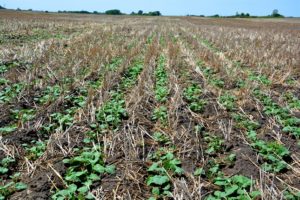 Conservation Tillage
Conservation Tillage
Soil is a farmer’s most valuable resource and advancements in tillage are helping farmers steward our soil for future generations.
What is conservation tillage?
Tillage refers to turning the soil over to prepare it for planting crops or to control weeds. Conservation tillage minimizes the disruption of soil by using specialized equipment that enables the seed to be planted directly into standing stubble.
It can take 100 to more than 500 years to form 2 cm of topsoil! Conservation tillage helps rebuild topsoil by slowing adding organic matter from the previous year’s crop.
The Dirty Thirties
In the 1930’s, a combination of drought and frequent tillage caused a major farming crisis on the Prairies. High winds and lack of rain caused the topsoil to blow away, turning the sky dark with dusk, while devastating farmers crops.
See Our PDF to Learn More: DownloadPrint
Journey 2050 Lesson: 5
This resource is a great addition to Lesson 5 – Land-Use
SnapAg:
What are GMOs and are they okay to eat? What does organic farming look like? How are animals like chickens or cattle raised?
snapAG is a series of resources that invite students to explore the hot topics affecting the agriculture industry today. Topics range from organics, biotechnology, GMOs, livestock, and more.
Explore what’s trending in agriculture in Canada by browsing the topics here.
Sources available at: https://aitc-canada.ca/en-ca/learn-about-agriculture
snapAg is brought to you by Agriculture in the Classroom Canada and partners.



